Frost-resistant: equipment for the Far North
Battlefield - Arctic
European countries already habitually consider the Far North to be a zone of their own interests. The term "European Arctic" has even been coined for this territory, which means the territory from Greenland in the west to the Norwegian-Russian border in the Barents Sea in the east. There are also such strategically important areas as Greenland-Iceland-Great Britain and Svalbard. And all would be fine, but Russia, a permanent member of the Arctic Council, and China, an observer in the council since 2013, completely disagree with this interpretation of the situation.
The special entourage of the arctic stories gives global warming, expanding the "zone of access" to the riches of the region. Given the serious concern of the world community about the rate of temperature rise, sometimes turning into hysteria, the Arctic in general in the future may be densely populated. Experts predict unbearable heat waves in India and Southeast Asia in the coming decades, which will cause massive population migration. By that time, the Arctic may become a cool oasis, the fight over which will be serious. The states that have now managed to carve up the "northern pie" can count on significant dividends in the future. However, the problems of the Far North still need to be dealt with. One of the main ones is the very difficult terrain, which actually prohibits entry into the Arctic for traditional transport. It is impossible to build roads in arctic conditions, at least at the present time. Permafrost is gradually receding, but weak-bearing soils remain, turning into mud in the off-season. Any road, rail or road, causes tremendous damage to the environment and costs prohibitively. Interestingly, the solution to this problem in the Russian departments was seen in the construction of a large-scale network of maglev trains. The logic is clear - in permafrost it is much easier to put single supports under a magnetic monorail than to plow half of the tundra under a railway embankment. In addition, a train hovering on a magnetic levitation does not exert much pressure on the supports. It remains only to develop the appropriate technologies and find funding for this, of course, fantastic project for the development of the Artik. Let's descend from heaven to earth and evaluate the arsenal of vehicles currently available.
Wheels of cold
From a historical point of view, Russia has just a gigantic experience in the construction of Arctic transport. It all began with a slight delay in the post-war years, when the famous Special Design Bureau (SKB) under the leadership of Vitaly Grachev was opened at the Moscow ZIL. Cars were not originally built directly for the Arctic - there was a chronic shortage of roads in the snowy expanses of the Soviet Union. That is why, since the beginning of the 50s, SKB engineers have relied on ultra-wide wheels with minimal pressure on the underlying surface. On the one hand, this allowed the car not to completely sink into snow and mud, and on the other hand, it increased the contact area of the tire with the surface, which significantly improved cross-country ability. Grachev's team built many prototypes, but nothing serial, except for the ZIL-135 rocket carrier and the ZIL-49061 "Blue Bird" space rescuers, never appeared. The country's leadership at that time was skeptical about the development of the North by wheeled vehicles, after all, there were many undeveloped territories in the rest of the Union. And the military was quite satisfied with tracked vehicles and air transportation. A little later, NAMI joined the development of snow and swamp-going vehicles, in many ways creatively rethinking foreign experience (for example, the eight-roll NAMI-094), but nothing serial did not appear here either. Nevertheless, in the course of the R&D on "Arctic" topics, considerable theoretical and practical material has accumulated, which in the future has become the basis for new developments.
Abroad, they also did not ignore the topic of cars for the Far North. Development started earlier than in the USSR, largely due to the higher technological culture. In the 30s, the Soviet Union was forced to adopt experience and learn rather than take the initiative. The most significant project of a snow and swamp-going vehicle of the pre-war period was the American Snow Cruiser of the 1939 model, which was being prepared for the Far South. Researcher Richard Byrd was supposed to go on a 34-ton giant on an Antarctic expedition. Byrd himself had already used self-propelled vehicles in his expeditions, but these were half-track Ford converted from civilian trucks. The main disadvantage of the technology was its low autonomy, which did not allow moving away from the Antarctic station at any significant distance. After 1935, American polar explorers formulated requirements for an autonomous "northern" vehicle, from which the Snow Cruiser grew. The car rested on the ground with four hefty pneumatics and was supposed to literally travel around Antarctica.
The crew of the "Snow Cruiser" consisted of five people, who were provided with a wardroom, a five-seater inhabited compartment, a galley with a sink and a four-burner stove, a workshop with welding equipment, a photographic laboratory, as well as a warehouse for equipment and provisions. For greater independence, the car was equipped with an airplane on the roof, as well as a tank for almost 9,5 thousand liters of diesel fuel. According to the calculations of the authors of the project, the supply of fuel and provisions in the Snow Cruiser allowed polar explorers to live without external contacts for up to a year. The highlight of the 16-meter monster was the electric transmission - each wheel was driven by an electric motor, which, in turn, was powered by two diesels. On a flat road, the car could develop up to 48 km / h. The unusual appearance of the vehicle with impressive overhangs was explained by the specifics of overcoming ice cracks. By design, the overhangs were used as skis, which the Snow Cruiser leaned on to overcome deep obstacles. Therefore, the body turned out to be very long. There is a directly proportional relationship - the longer the length of the car, the wider cracks it is able to overcome. It is not known whether the developers carried out large-scale tests or not, but the debut of the "Snow Cruiser" was sad. The car went under its own power no more than 150 km (albeit in reverse), and then finally got bogged down in the snow near the Little America station. Nobody was going to evacuate the heavyweight to the continent, and the Snow Cruiser became a remote base for polar explorers. They say that in the warm cabins of the land ship (the diesels were in good working order) they managed to stage several experiments. The last time the car was seen in 1958, and now you can get acquainted with the unique development only from the photo.
Soviet experience
As mentioned above, machines for cold poles in the USSR were turned to after the war. First, they tried to break into Antarctica on civilian tractors ChTZ and trucks ZIL-157. It happened in 1955 during the transantarctic expedition, and the machines showed themselves not in the best way. High specific ground pressure and insufficient engine power did not allow to develop high speed - polar explorers managed to overcome no more than 450 km per shift. Nevertheless, there was nothing to choose from, and ChTZ, ZIL-157, and later the AT-T tracked artillery tractor for a couple of years became the basis of the Soviet group at the South Pole. In 1957, an AT-T improved in accordance with operating experience was brought under the name "Product-401A". The car was insulated, the engine was modernized and the width of the tracks was increased to 75 cm.
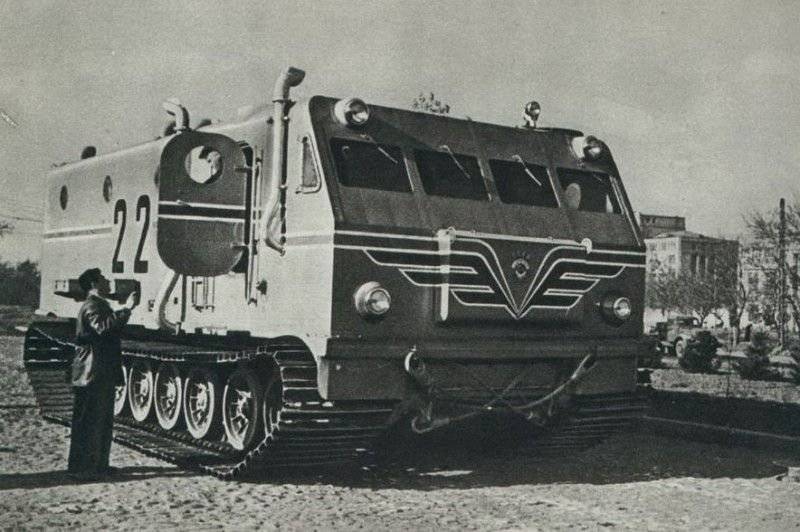
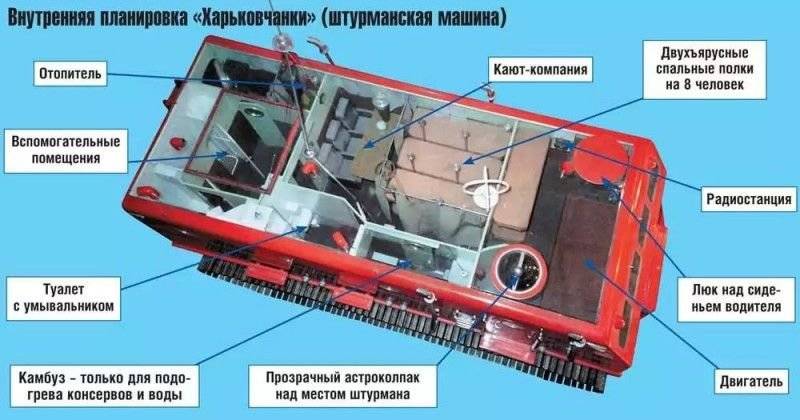
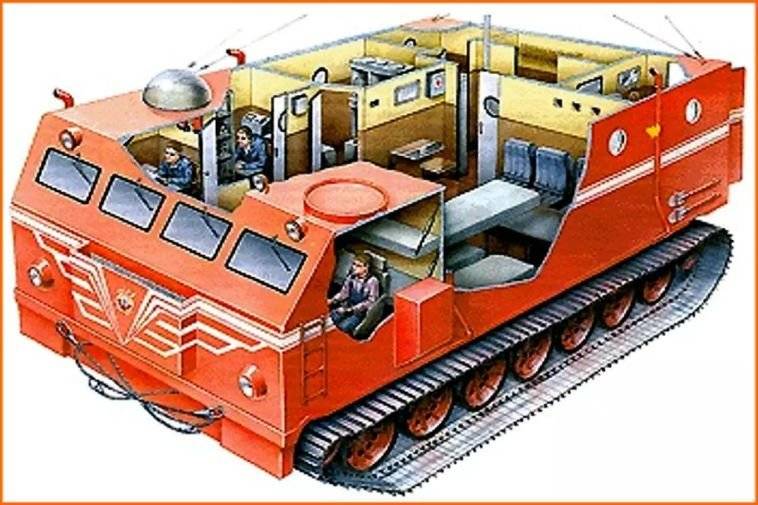
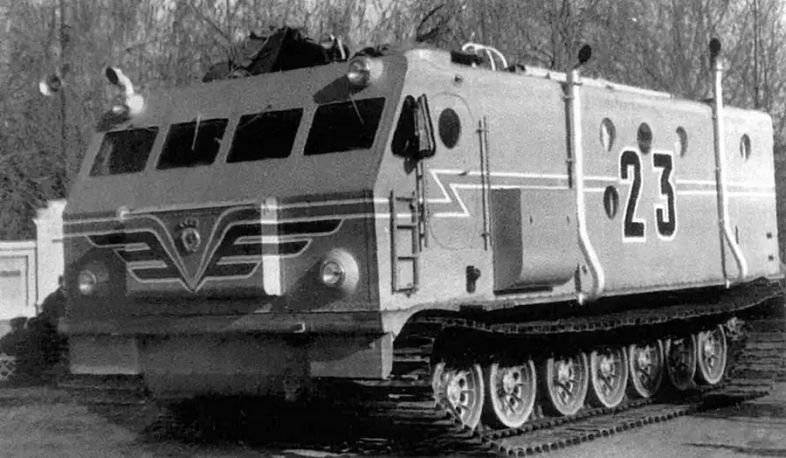
"Kharkovchanka". Source: fishki.net
But the first truly prepared vehicle for the conquest of snowy deserts was the Kharkivchanka tracked transporter with the factory name “Product 404C”. The debut copy appeared in 1958 and was built on the basis of the mentioned AT-T tractor. For greater carrying capacity, the chassis was stretched over a couple of rollers, and the tracks were widened to 1 meter. With a curb weight of 35 tons, "Kharkivchanka" ("Product - 404C") could pull a trailer weighing up to 70 tons along the virgin snow. Moreover, the polar machine could swim! The hull was a sealed boat, and caterpillars provided movement on the water at speeds up to 4 km / h. From the name it is clear that the development and construction of the tractor was carried out in Kharkov at the transport engineering plant. Have tank As a result, engineers turned out to be a real self-propelled home for a polar explorer, capable of long-term "autonomy" and tolerably protecting from the cold. The developers provided for thermal insulation of eight layers of nylon wool, which, however, was not enough in 60-degree frosts. According to eyewitnesses, the living quarters of "Products 404C" lost up to 10 degrees per day when the heaters were inoperative. The inconvenience was added by a 12-cylinder 520-horsepower tank diesel engine, located inside the hull and often smoking with exhaust directly into the cabins of the tracked ship. The diesel power plant E16MA1 also failed to be properly sealed from the interior. Despite this, the first generation "Kharkovchanka" has worked for over 40 years.
To be continued ...
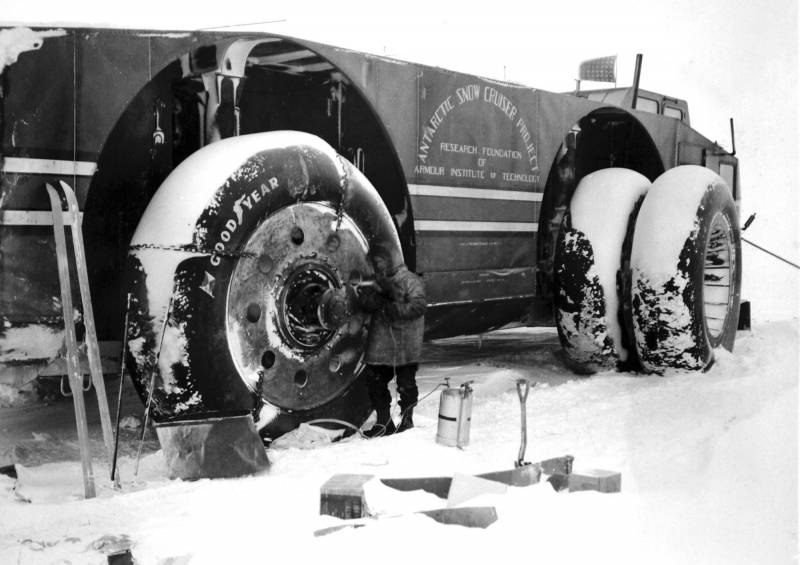
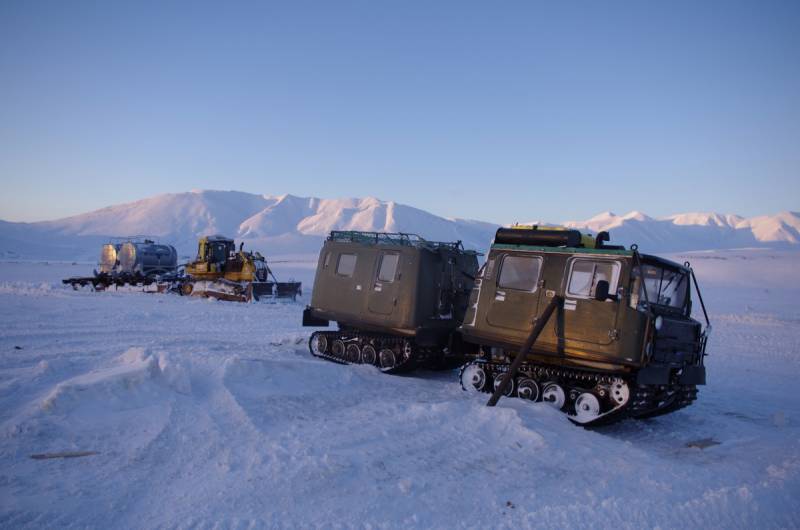
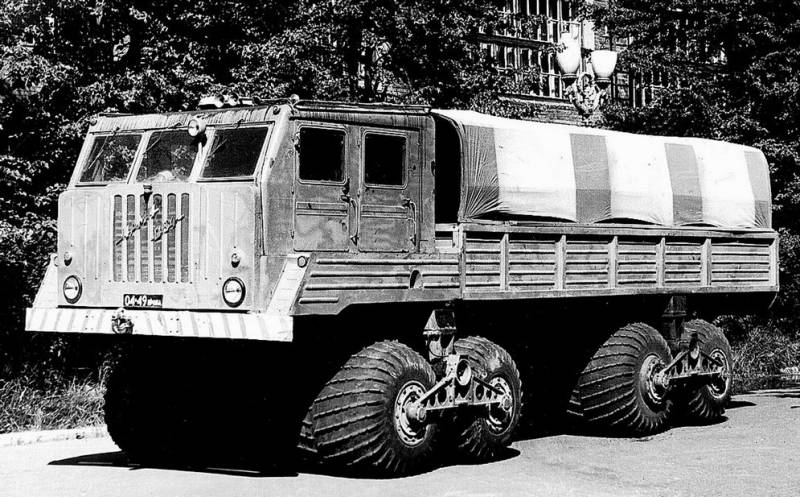
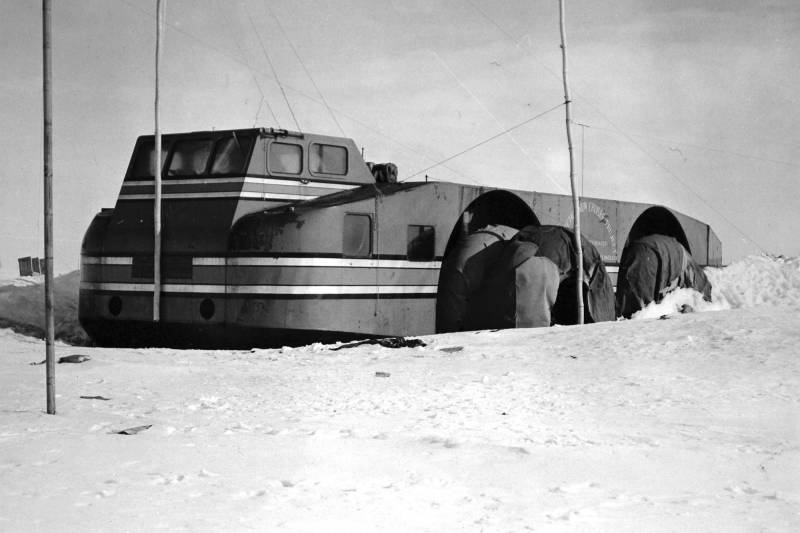
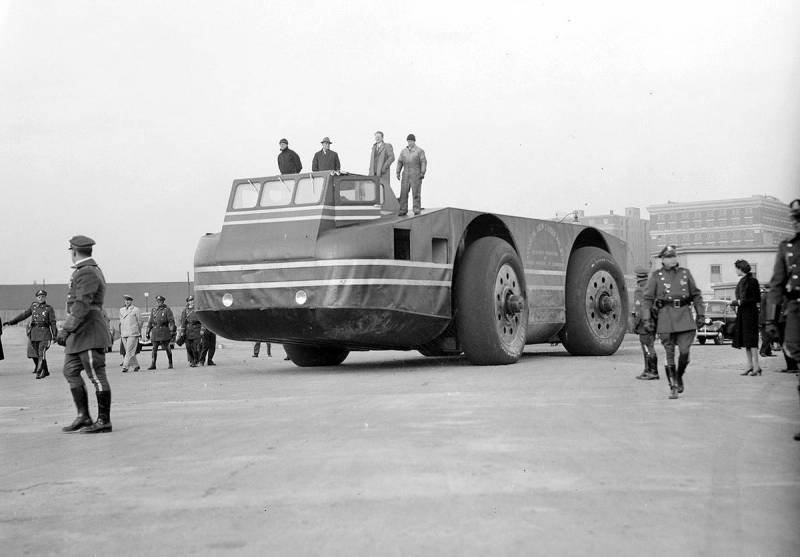
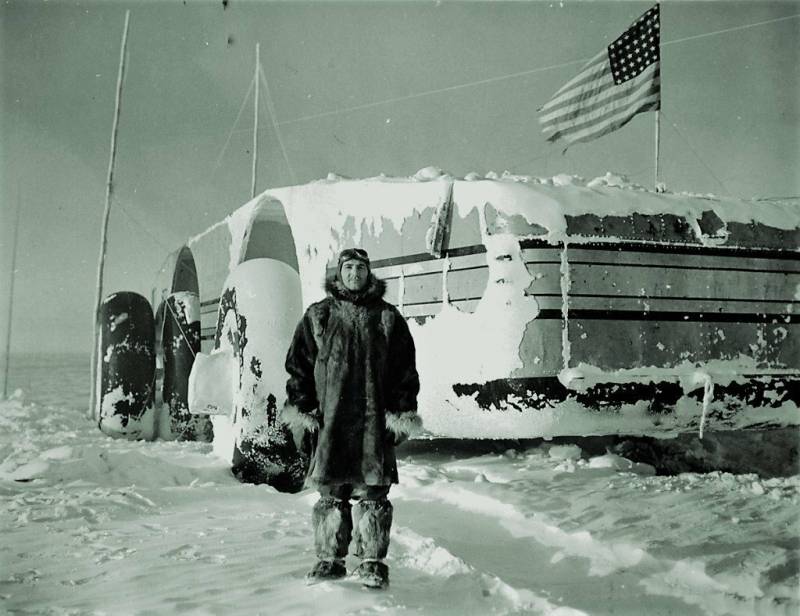
Information